In Photos: 1.5-Ton Humanoid 'Robot'
Robot Release

Photos on Facebook and Instagram purport to show a humanoid robot 13 feet (4 meters) tall, weighing 1.5 tons, being developed in South Korea. Live Science could not confirm the veracity of the images.
[Read about the giant robot video]
Human-machine interface
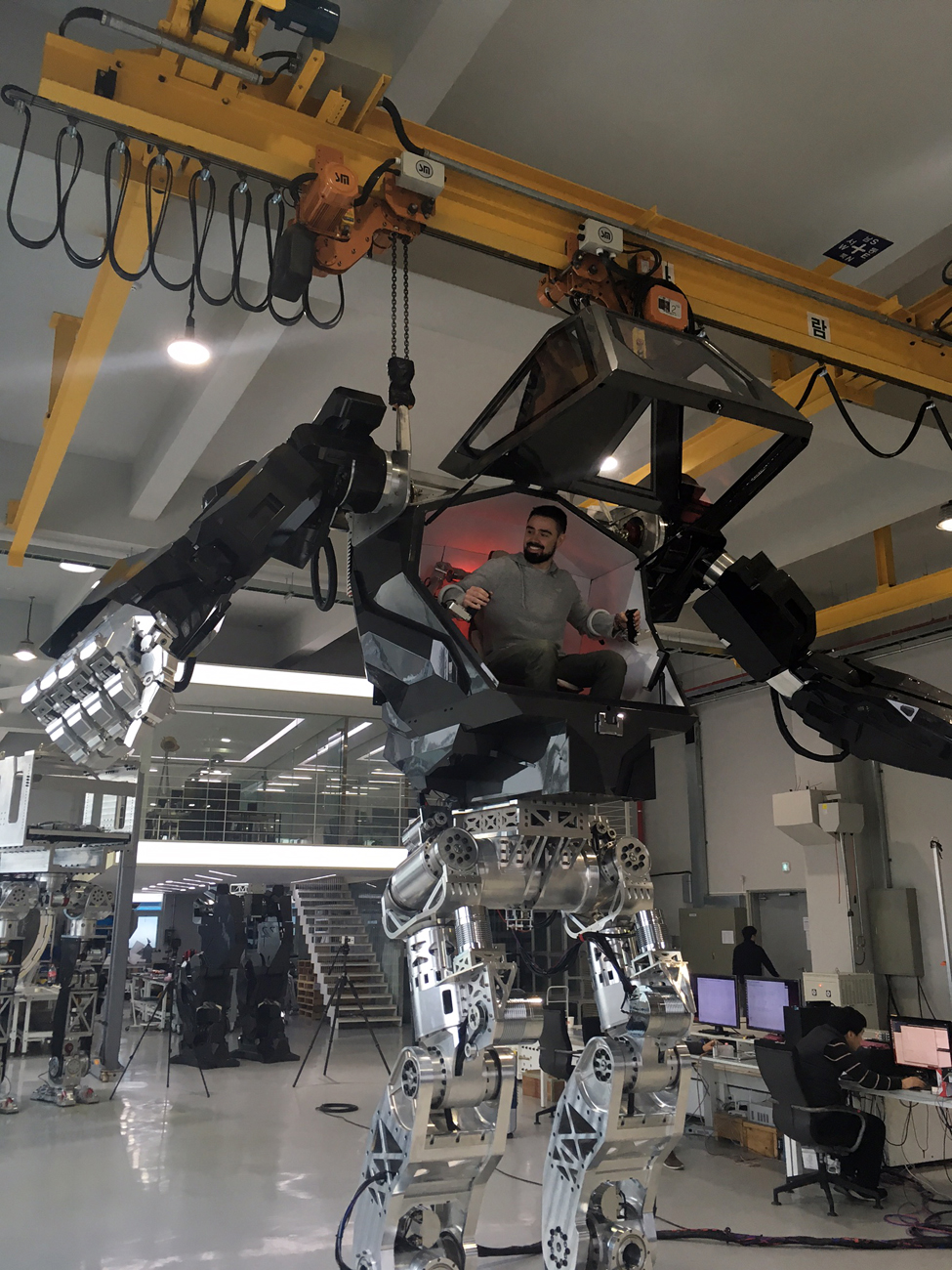
According to designer Vitaly Bulgarov, seen here, the robot is the creation of a South Korean company called Korea Future Technology. Bulgarov told Live Science that the robot is a platform to demonstrate technologies like bipedal locomotion and a new human-machine interface. Roboticists not affiliated with the project said it would be technically possible, if ambitious, but were not familiar with the company.
Robot Imagery
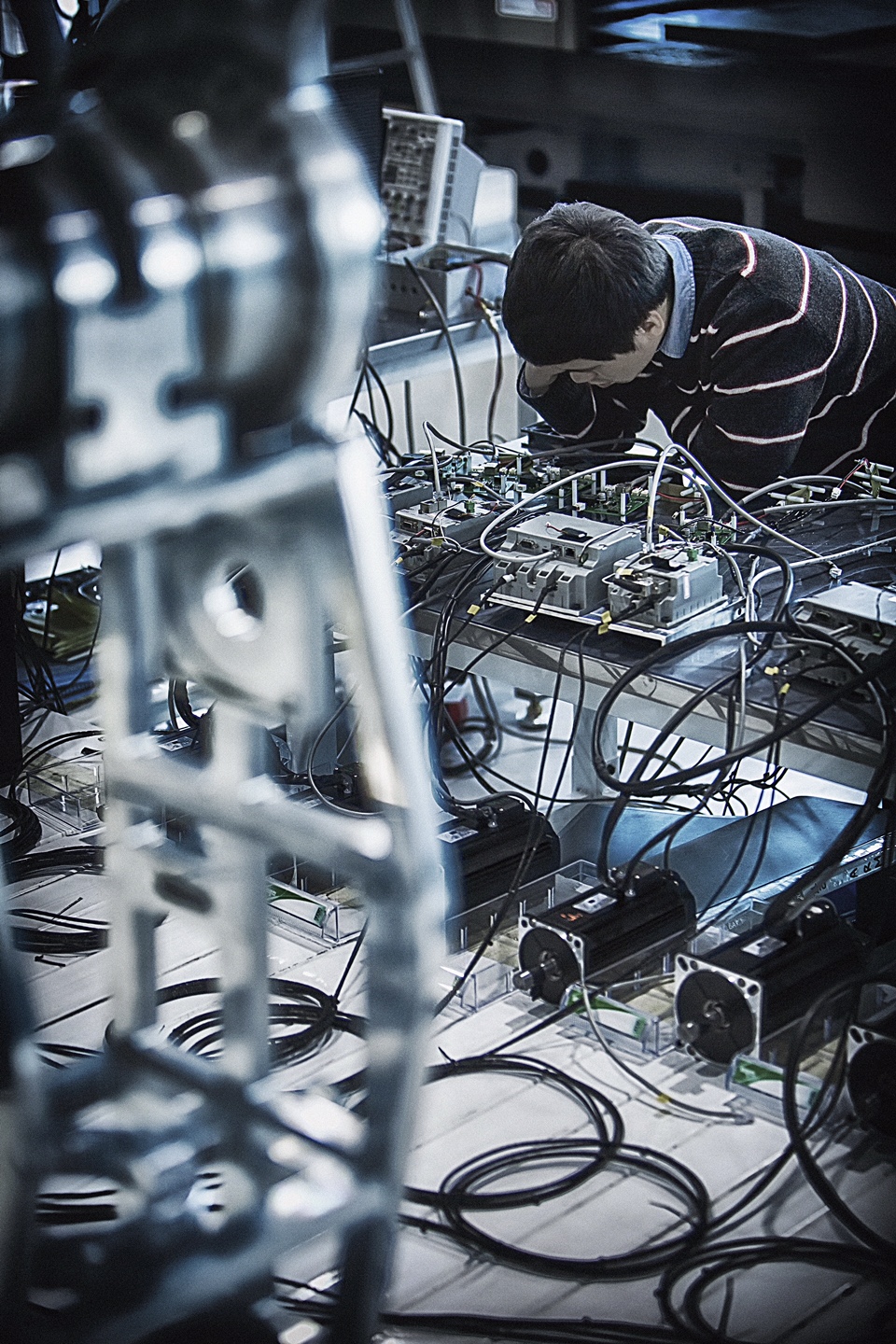
An image purporting to show an employee of Korea Future Technology working on a large humanoid robot. Bulgarov declined to name any of the scientific or engineering personnel on the project. Calls and emails to the person said to be the CEO of the company went unanswered.
Carbon-fiber legs
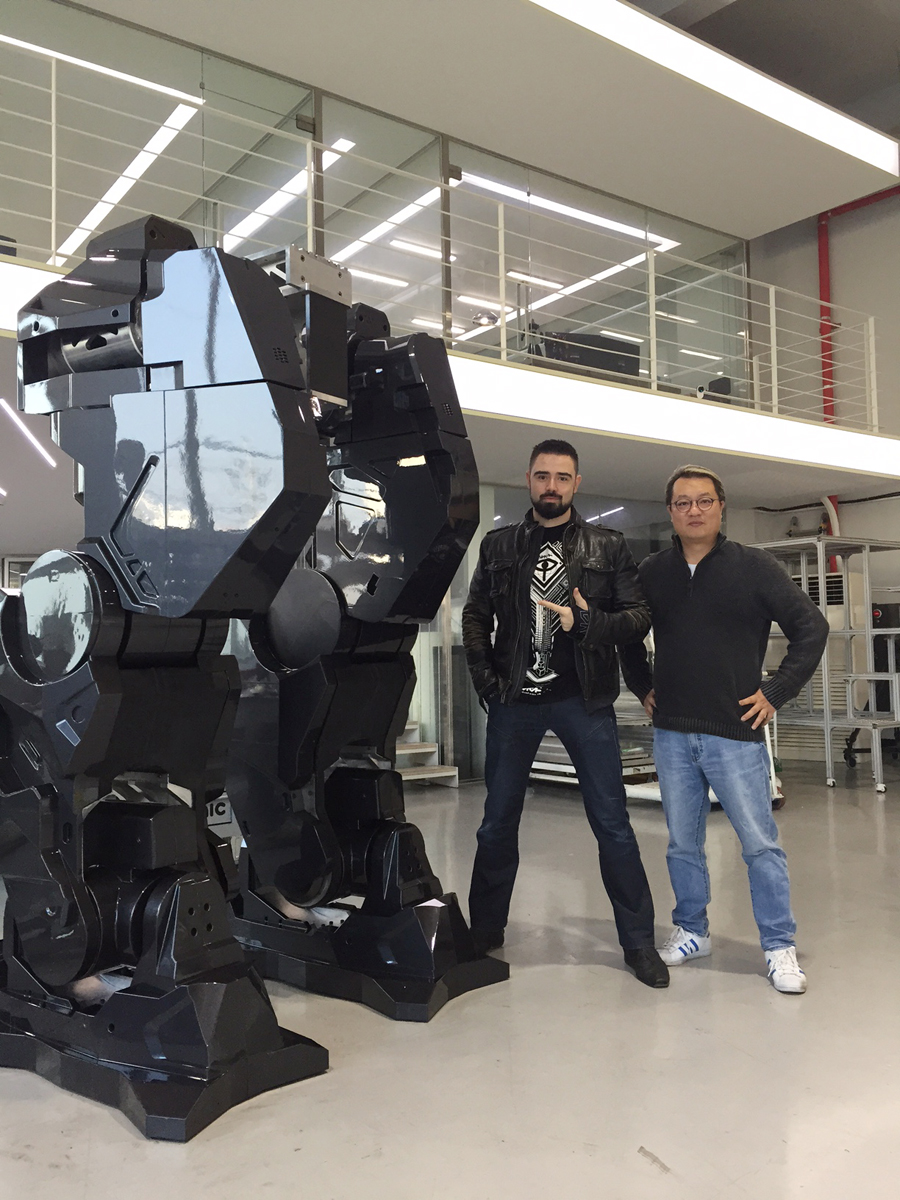
Industrial designer Vitaly Bulgarov said that researchers are working on carbon-fiber legs to make the large robot lighter.
[Read about the giant robot video]
Humanoid Cockpit
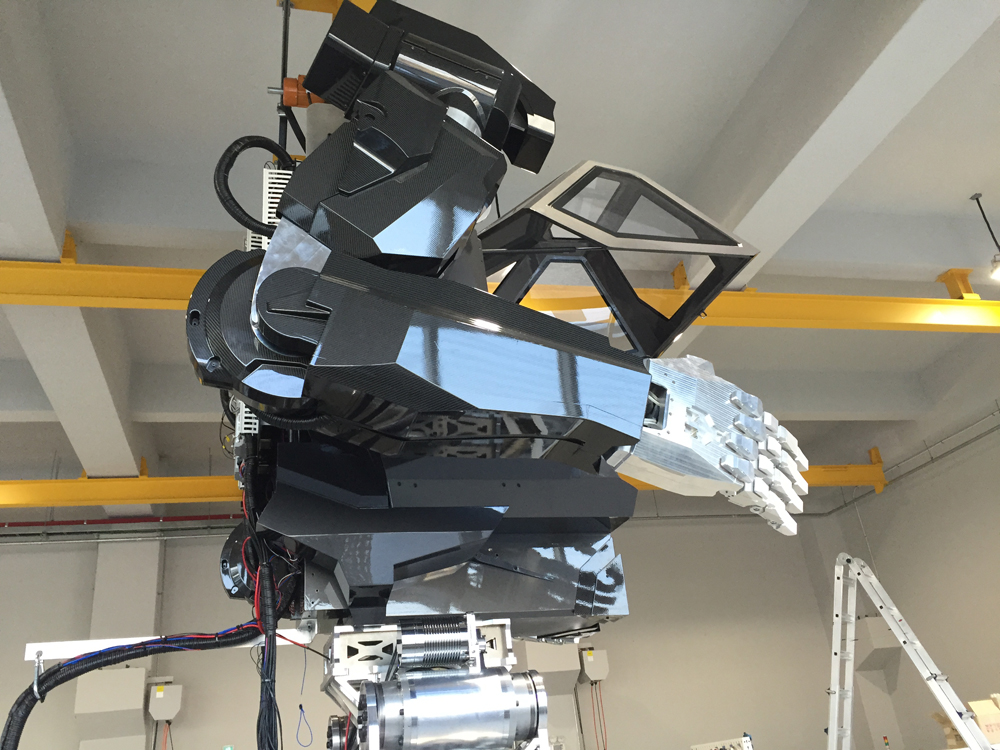
In a design similar to that seen in sci-fi movies like Avatar, a human controller sits in a cockpit to control the robot, according to Bulgarov.
Sign up for the Live Science daily newsletter now
Get the world’s most fascinating discoveries delivered straight to your inbox.
METHOD-1
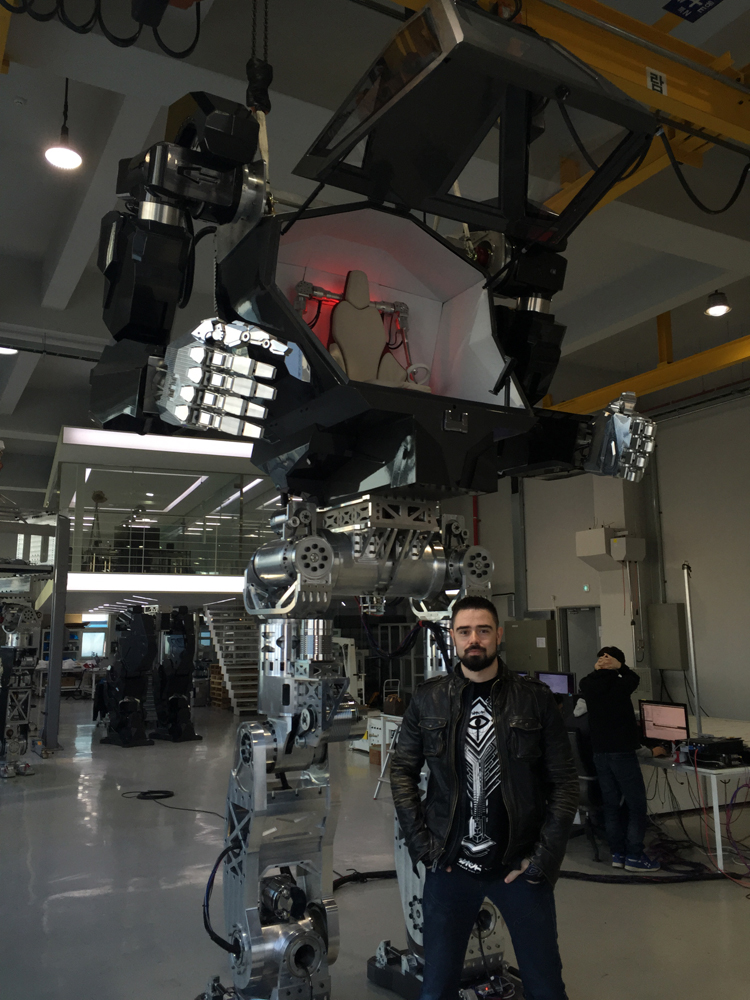
The project to build a giant humanoid robot is called METHOD-1, according to Bulgarov. Robotics researchers contacted by Live Science said the technology was feasible though ambitious and estimated that it might cost around $20 million to build. Bulgarov declined to provide information about the company or its funding.
[Read about the giant robot video]
Big Hands
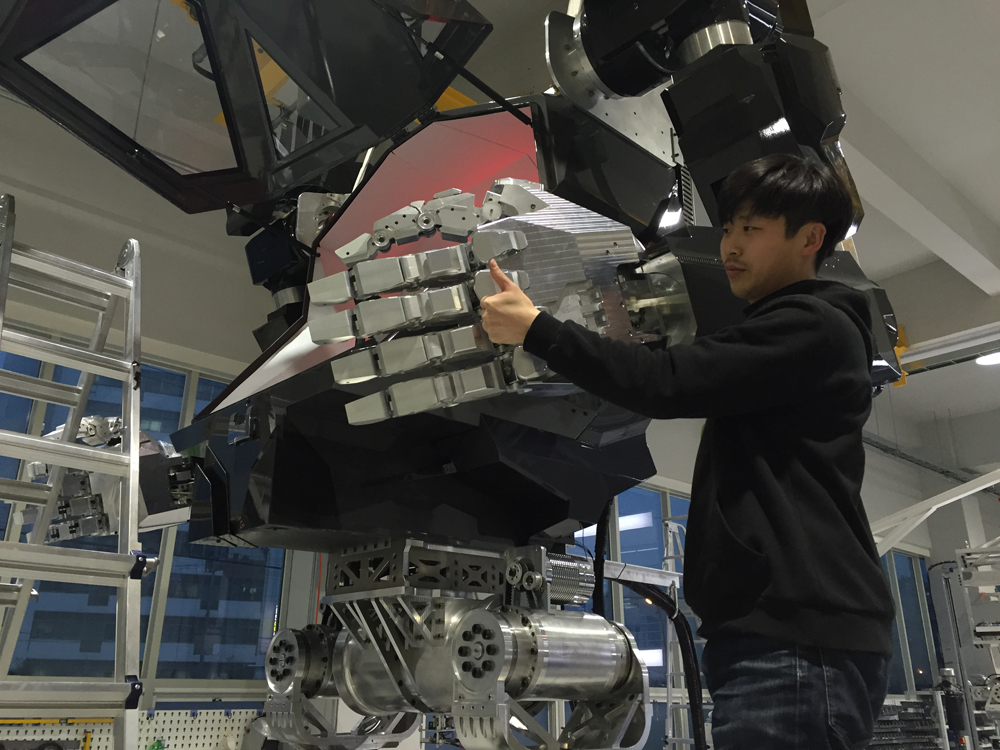
An image purporting to show a technician at the company Korea Future Technology working on the "mech," a term for a robot that must be piloted by someone within the robot. Live Science was unable to independently confirm any information about the company, which has no web presence.
[Read about the giant robot video]
Robotic Wonder
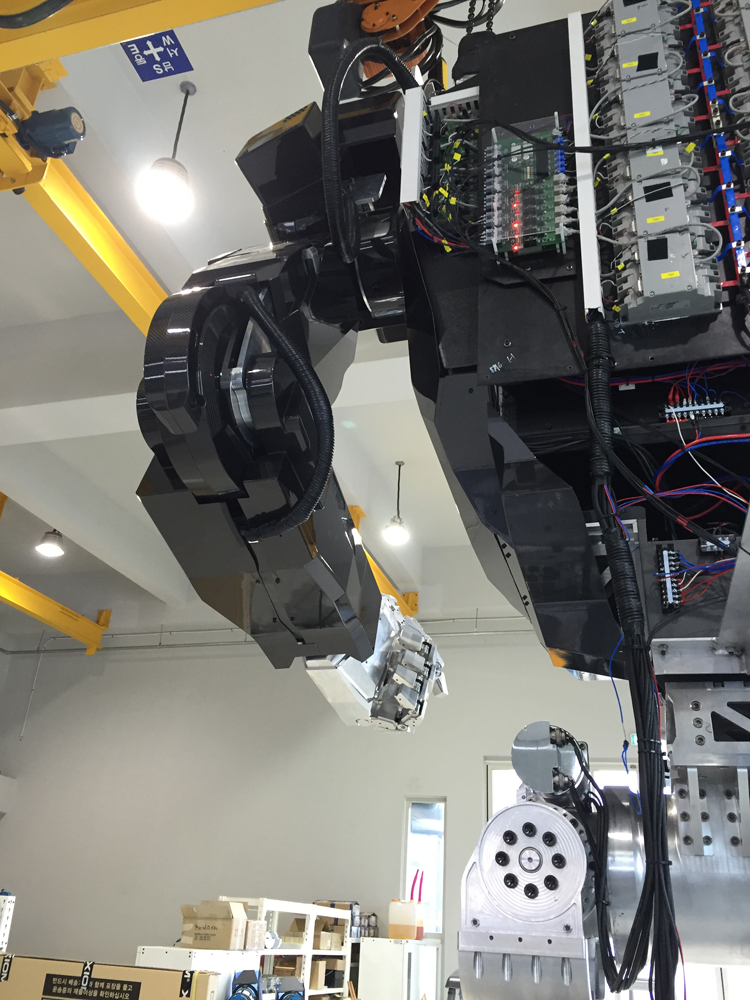
A view of the upper portion of the robot from the back. Industrial designer Vitaly Bulgarov, who posted these images, says that the company intends to publicize the robot with a press release in 2017. A company website will go online the week of December 26, Bulgarov told Live Science.
Robot Drama
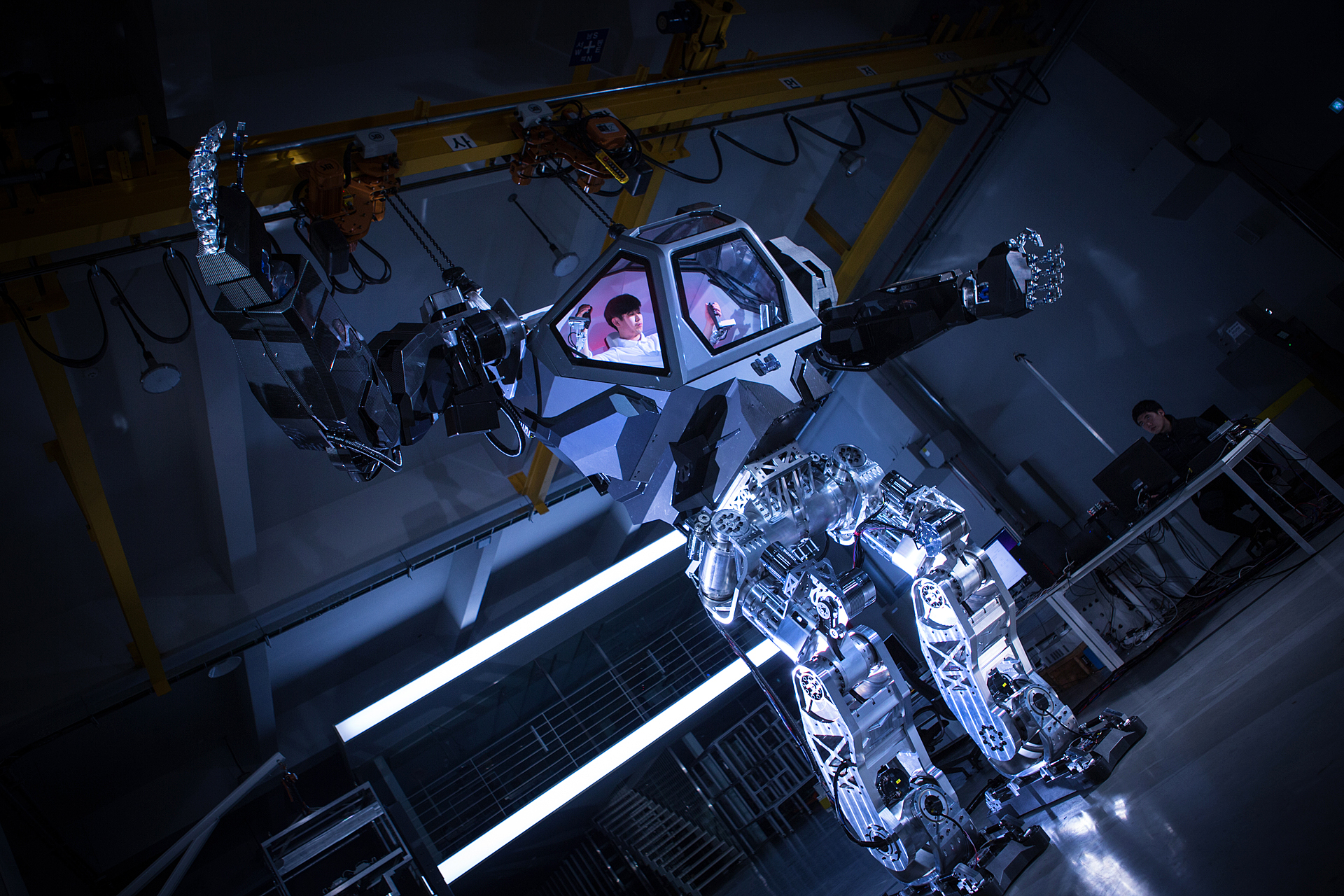
A dramatically lit shot of the robot, courtesy designer Vitaly Bulgarov. Bulgarov previously worked in the entertainment industry but said that this robot is real, not a computer-generated design.
"Frankly, right now we don't even really care if people think this is legit because we didn't try to promote it," Bulgarov told Live Science.
Giant mech
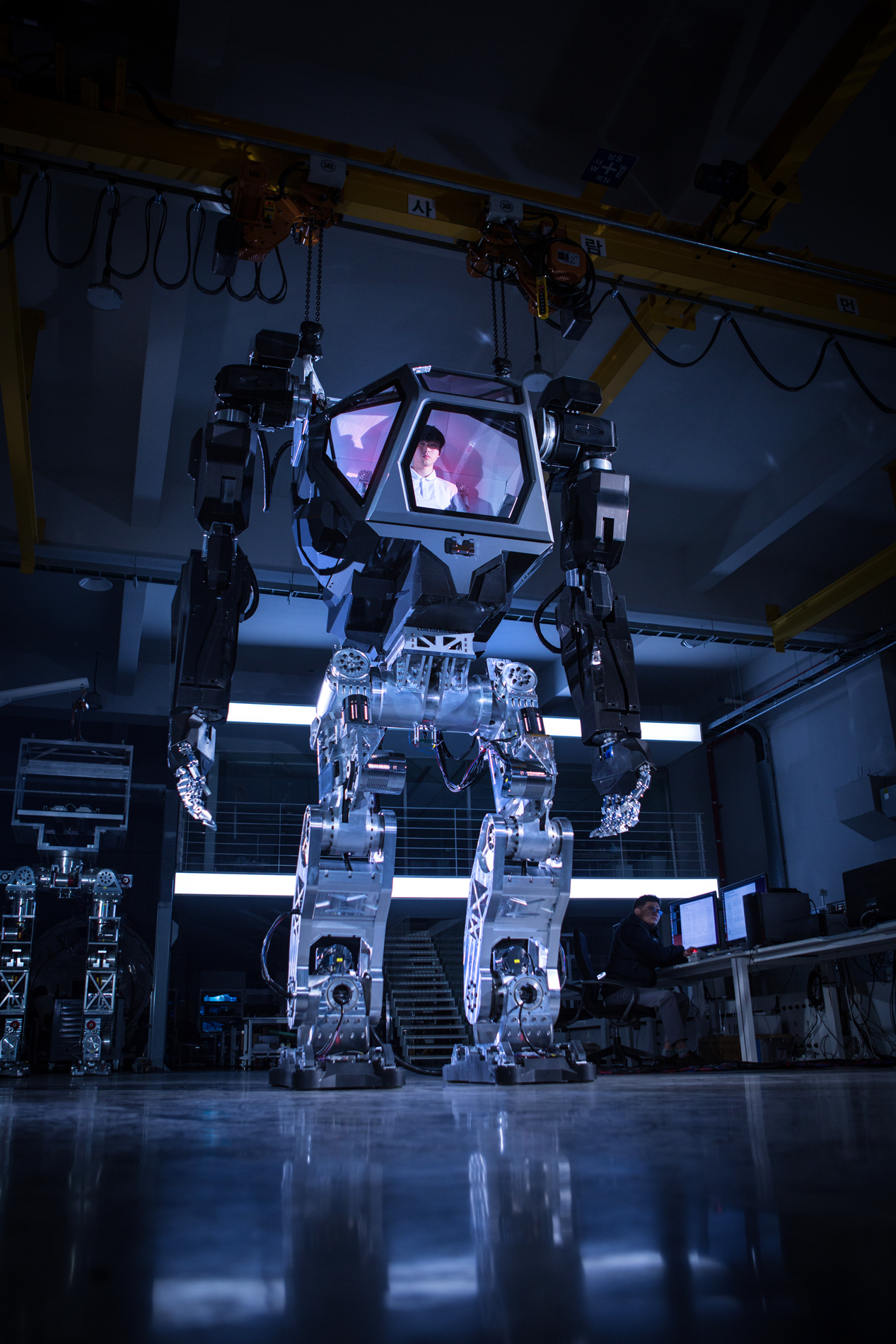
If this robot is real, it would represent new advances in technology, Georgia Tech robotics researcher Christian Hubicki told Live Science. More graceful bipedal robots exist, but they are human-sized or smaller. Even these small robots struggle with balance.
"Bipedal walking [for robots] is not very stable yet," Jun Ho Oh, a professor of mechanical engineering at the Korea Advanced Institute of Science and Technology who led a South Korean team that won a major robotics challenge in 2015, told IEEE Spectrum. Many bots in that challenge, organized by the Defense Advanced Research Agency (DARPA), toppled over during the competition.
Arm control
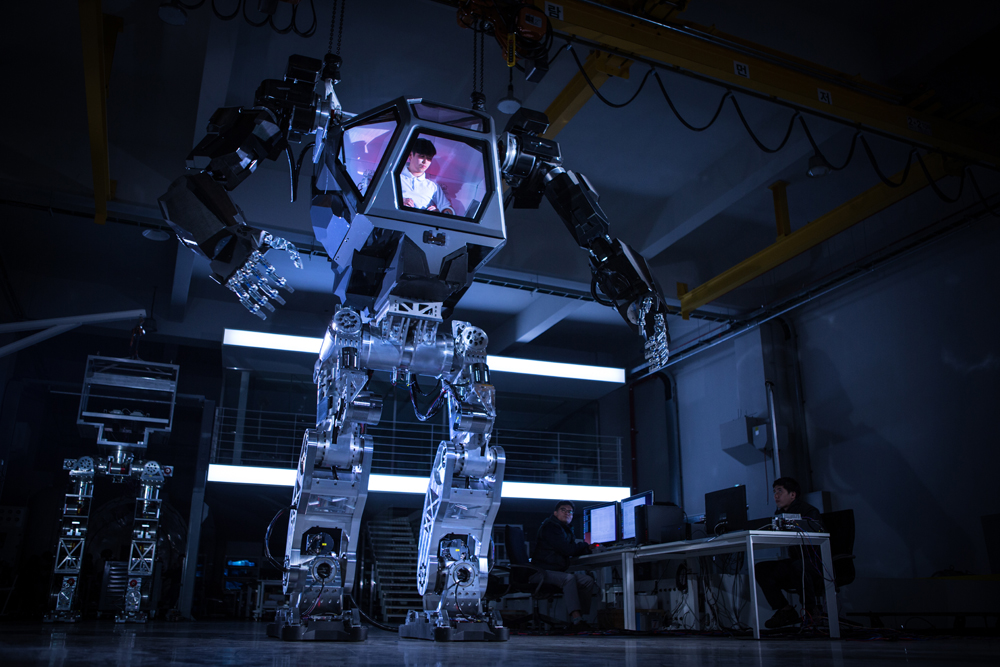
The robot cannot walk on uneven surfaces and is tethered to an outside power source, according to Bulgarov. He said that the goal is not to use this prototype as-is, but to demonstrate different technologies that could then be transferred for other applications.

Stephanie Pappas is a contributing writer for Live Science, covering topics ranging from geoscience to archaeology to the human brain and behavior. She was previously a senior writer for Live Science but is now a freelancer based in Denver, Colorado, and regularly contributes to Scientific American and The Monitor, the monthly magazine of the American Psychological Association. Stephanie received a bachelor's degree in psychology from the University of South Carolina and a graduate certificate in science communication from the University of California, Santa Cruz.










